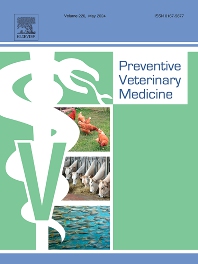Pedobiologia
- ISSN: 0031-4056
- 5 Year impact factor: 2.1
- Impact factor: 2

The Agricultural and Biological Sciences collection advances science-based knowledge for the improvement of animal and plant life and for secure food systems that produce nutritious, novel, sustainable foods with minimal environmental impact. Food Science titles include not only those products from agriculture but all other aspects from food production to nutrition, health and safety, chemistry to security, policy, law and regulation. Biological Sciences address animal behaviour and biodiversity, organismal and evolutionary biology, entomology, marine biology and aquaculture, plant science and forestry.









